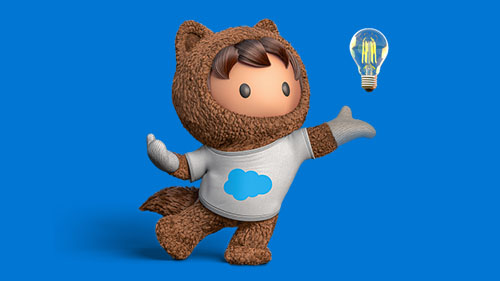The COVID-19 crisis is likely to shape the decade ahead just as much as the 2008 financial crisis did in the one gone by. So, what will it take for your business to succeed in this new era?
Certainly, digital acceleration will be important, as will agility and resilience. But equally important will be a commitment to putting your customers at the centre of everything you do. In fact, customer obsession will be a key differentiator in the coming years, according to Forrester Research.
In a recent report on Top Trends and Emerging Technologies, Q3 2020, Forrester predicts that “By 2030, a new set of business leaders will have emerged who are both customer-obsessed and future-fit.”
“They will have made big bets on new business models, new ways of working, new talent, and better risk insight and planning,” says the report. “As a result, they will be more adaptive in the face of changing customer values, more resilient to global disruptive forces that will characterize the 2020s, and more creative in the way they differentiate.”
So, how can your company become more customer-obsessed and future fit? Forrester Research outlines 15 trends to keep in mind. Here are five that stood out for us:
Consumers will expect brands to anticipate their needs and act on their behalf
It wasn’t too long ago that digital experiences were a novelty. Today they’re a given—so much so, that consumers are constantly bombarded with digital content and services. Much of this “clutter” is processed as noise because it simply isn’t relevant to the customer’s specific needs. This will have to change if companies want to serve customers better.
According to Forrester, “In about 10 years, brands will anticipate the needs of their best customers and serve up the content or services they need just in the moment. They will evolve from assistants making smart suggestions to agents taking action with time.”

Insights will drive the future of employee experience
Happy employees make for happy customers. In fact, a Salesforce and Forbes Insights survey found that companies that prioritised employee experience (EX) to deliver a premium customer experience achieved 1.8 times faster revenue growth.
But employee experiences have changed in the new work normal created by COVID-19. Office cubicles have given way to home desks. Water cooler conversations have been replaced by online chats. Workforces are becoming more fluid.
Business leaders will have to think differently about how to optimise employee experiences in this environment. Driving these decisions will be data and insights from internal employee surveys, industry benchmarks, and more.
Says Forrester, “As 25% to 50% of employees will not return to offices and many full-time staff will be shifted to gig work, firms will leverage the employee data downpour and insight-driven practices to navigate the future of EX.”
AI learns to code enterprise applications
AI can already write novels, create art, play games, and engage in debates. It can also empower frontline employees with intelligent recommendations to transform customer experience and productivity. Now, AI is starting to write code.
‘TuringBots,’ as Forrester calls these automatic code generators, “will greatly improve the productivity of software teams, and they will ultimately enable businesses to build and evolve custom software faster.”

The demand for ethical AI is rising
For all the good AI can bring, it can also wreak havoc if misused. Today’s consumers understand this, and expect companies to develop and use AI in a responsible manner. That means adhering to relevant human rights, anti-discrimination, and privacy laws. It also means creating an ethical framework to govern AI development and use wherever the law is silent.
Forrester predicts, “Over the next one to three years, companies will begin transforming their ethical AI principles into tangible actions by adopting best practices such as AI ethics training, defining ethical requirements for specific AI use cases, and rigorous software testing.”

The democratisation of development is accelerating (again).
As the demand for digitalisation intensifies, software development—once the domain of specialised programmers—is rapidly becoming democratised. Low-code tools and SaaS platforms are making it possible for even business professionals to actively participate in the development process, thus improving time-to-value and agility.
“Over the next two years, cloud-native technologies and functions as a service will accelerate with tools aimed at both citizen and professional developers,” says Forrester. “This convergence will empower business professionals to deliver software on their own, integrate their work with that of professional developers, and prompt executives to create new governance and personnel policies.”

The ‘low-code’ Salesforce Lightning Platform was designed to democratise app creation. Through a rich library of easily configurable components on the platform, anyone can create pages and responsive apps by simply dragging and dropping. It’s a swift, easy way to give employees the tools they need to do their jobs better without worrying about hiring more programmers.
See how Salesforce can help you build a customer-obsessed and future-fit organisation.



